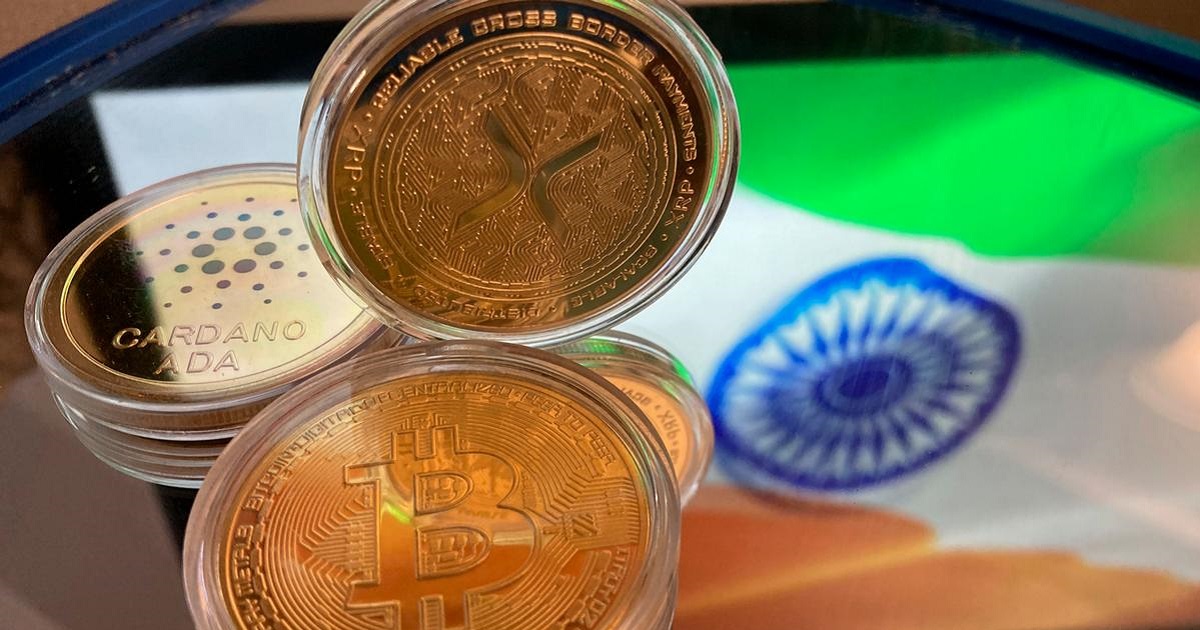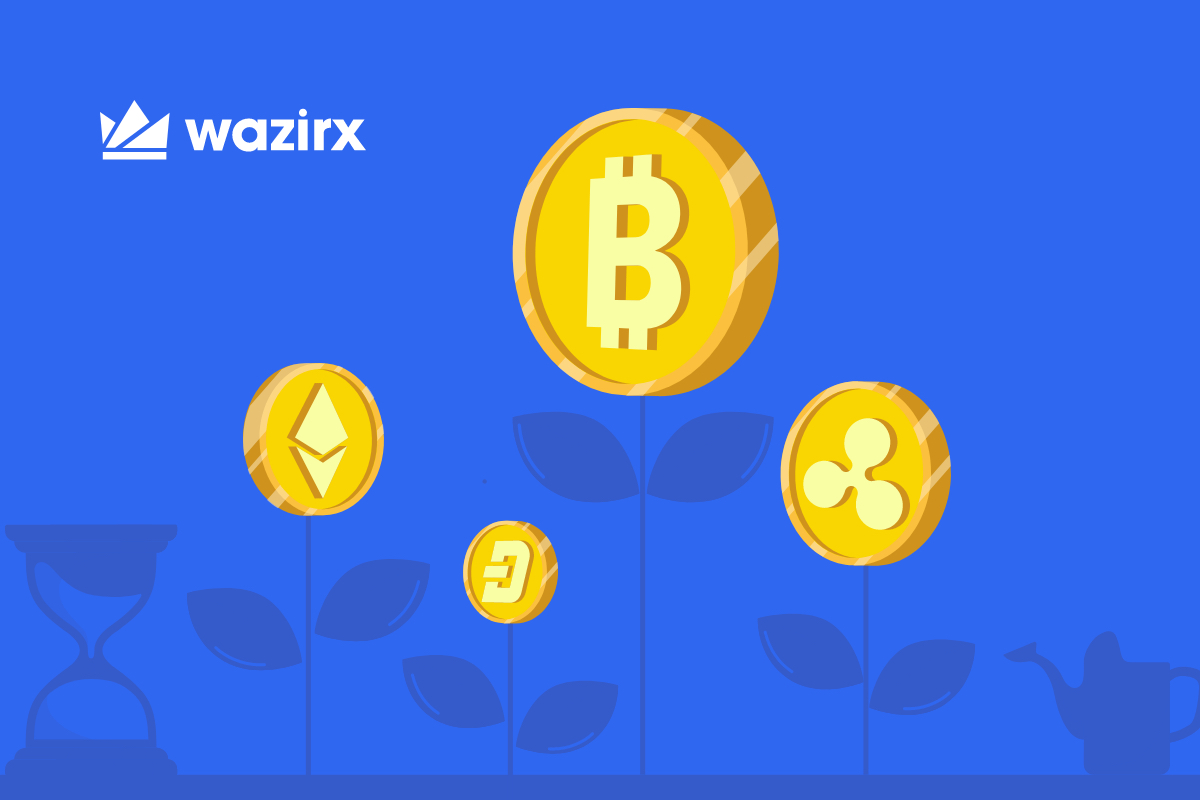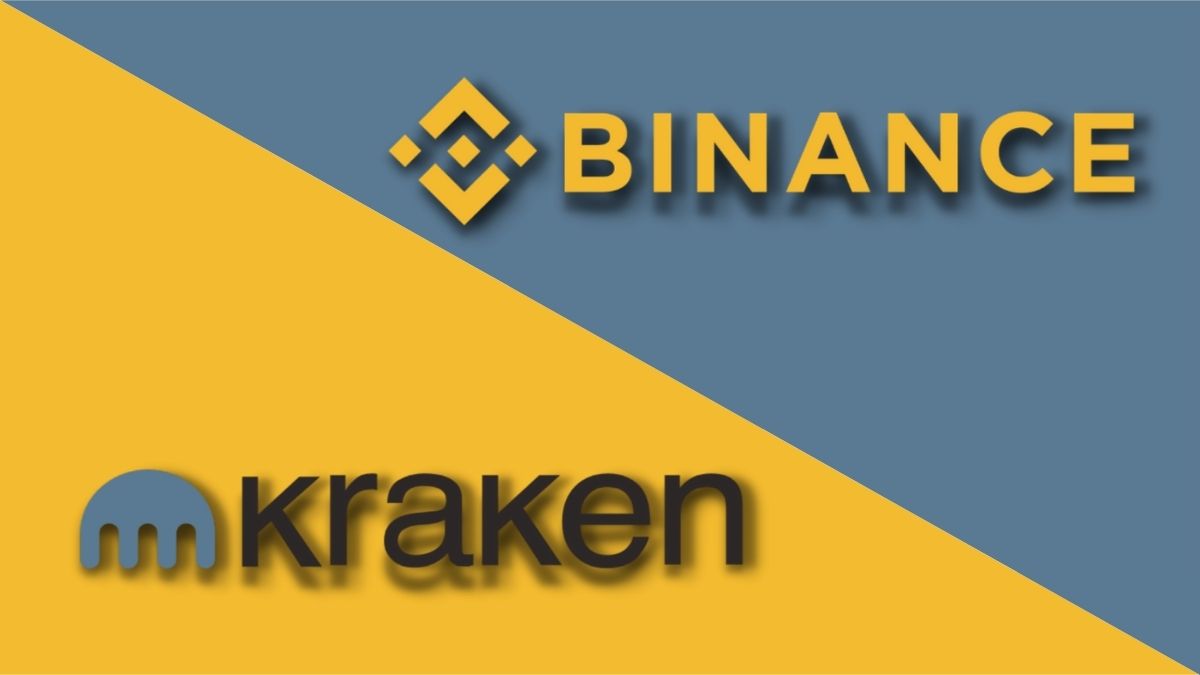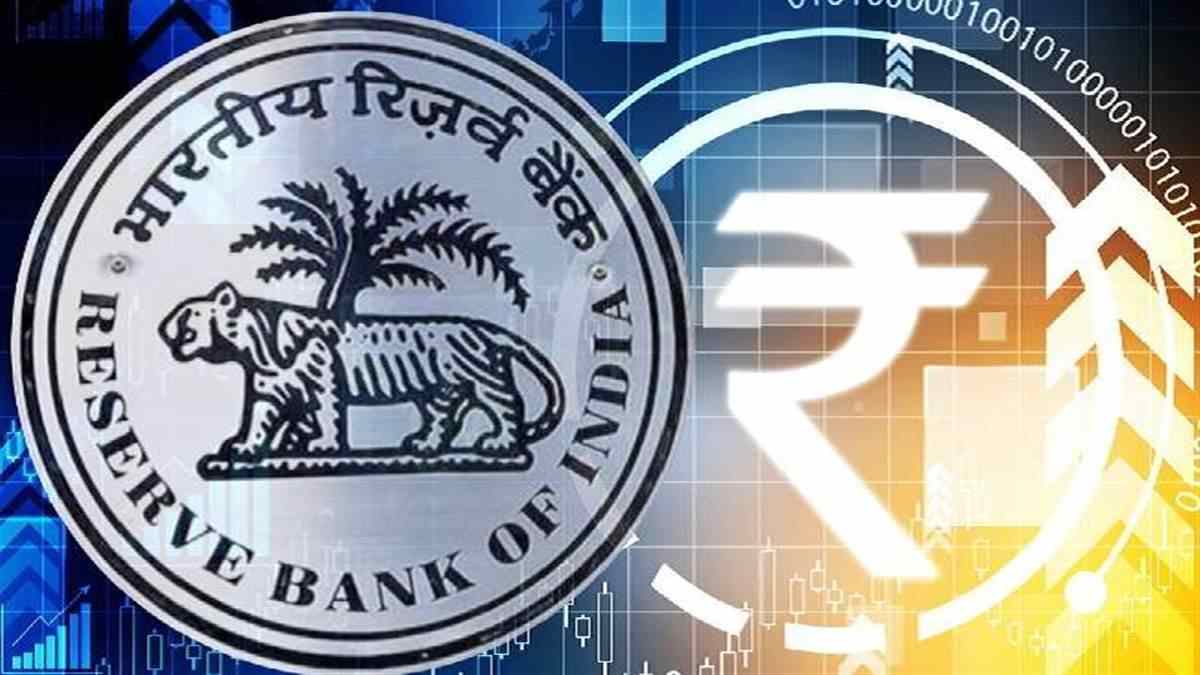Introduction
The world of finance is rapidly embracing digital currencies, and India is no exception. As technology advances and the global economy becomes increasingly interconnected, Indian digital currency has gained significant attention and interest. In this article, we will explore the history, current landscape, benefits, disadvantages, regulatory challenges, and potential future of Indian digital currency.
The emergence of digital currencies has revolutionized the way we perceive and transact with money. Unlike traditional physical currencies, such as notes and coins, digital currencies exist solely in electronic form. They are decentralized and encrypted, making transactions secure and transparent.
India, with its vast population and thriving digital ecosystem, is an ideal candidate for the adoption and advancement of digital currencies. The country has witnessed a boom in digital payment platforms and growing smartphone penetration, creating a conducive environment for digital currency growth.
Furthermore, the potential benefits of Indian digital currency are manifold. It can provide an efficient and frictionless experience for financial transactions, eliminating intermediaries and reducing transaction costs. Digital currencies also have the potential to facilitate financial inclusion, providing access to financial services for the unbanked and underbanked populations in India.
However, along with the benefits, there are also disadvantages and challenges associated with Indian digital currency. One of the primary concerns is the volatility and speculative nature of cryptocurrencies, which can pose risks to users. There are also concerns about the potential misuse of digital currencies for illicit activities, such as money laundering and financing terrorism. Additionally, the regulatory landscape surrounding digital currencies requires careful consideration and could impact their widespread adoption.
The Indian government has been actively monitoring and exploring the world of digital currencies. In 2018, the Reserve Bank of India (RBI) imposed a ban on the use of cryptocurrencies in the country. However, this ban was overturned by the Supreme Court in 2020, opening the doors for the growth and regulation of digital currencies in India. Since then, the government has been working on formulating a regulatory framework to govern digital currencies and protect investors.
The future of Indian digital currency holds promise. As more businesses and individuals embrace the concept of digital currencies, we can expect innovative solutions and advancements in financial technology. With the right regulations and infrastructure in place, Indian digital currency has the potential to revolutionize the financial landscape of the country, promoting financial inclusion, attracting investments, and fostering economic growth.
In the following sections, we will delve deeper into the history, current landscape, benefits, disadvantages, regulatory challenges, and future of Indian digital currency, providing insights into the opportunities and hurdles that lie ahead.
History of Indian Digital Currency
The history of Indian digital currency can be traced back to the emergence of Bitcoin, the first decentralized cryptocurrency, in 2009. Bitcoin introduced a groundbreaking concept of a digital currency that operates on a peer-to-peer network, powered by blockchain technology.
In its early years, Bitcoin faced skepticism and doubts regarding its legitimacy and practicality. However, as its popularity grew globally, India also witnessed a surge of interest in digital currencies. Indian investors and enthusiasts began to explore the potential of cryptocurrencies, leading to the establishment of various cryptocurrency exchanges and trading platforms.
Over the years, the Indian government has taken a cautious approach towards digital currencies. In 2013, the Reserve Bank of India (RBI) issued a public advisory cautioning the public about the risks associated with virtual currencies. The RBI expressed concerns about consumer protection, money laundering, and the potential use of digital currencies for illicit activities. Despite these concerns, the government did not impose any outright bans on digital currencies.
As digital currencies gained traction worldwide, the Indian government initiated efforts to understand and regulate this emerging industry. In 2017, the Indian government formed a committee to study digital currencies and their impact on the Indian economy. The committee recommended a regulatory framework to protect consumers and address potential risks.
However, in April 2018, the RBI issued a circular prohibiting banks and financial institutions from providing services to individuals or businesses dealing with cryptocurrencies. This move had a profound impact on the Indian digital currency market, causing trading volumes to decline significantly.
Despite the ban, the Indian cryptocurrency community persisted and challenged the RBI’s decision in the Supreme Court. In March 2020, the Supreme Court overturned the ban, stating that the RBI’s circular was unconstitutional and disproportionate.
Since the lifting of the ban, the Indian government and regulatory authorities have been actively examining the potential of digital currencies. The government has shown interest in exploring the use of blockchain technology for various sectors, including healthcare, finance, and education.
Additionally, the government has signaled its intent to introduce a regulatory framework for digital currencies in India. The proposed legislation aims to address concerns related to investor protection, money laundering, and the overall stability of the financial system.
The history of Indian digital currency is marked by a combination of caution, uncertainty, and evolving regulations. As India moves forward, it is crucial for the government and industry stakeholders to strike a balance between fostering innovation and ensuring a secure and transparent financial ecosystem.
Current Indian Digital Currency Landscape
The landscape of Indian digital currency has undergone significant changes in recent years since the lifting of the ban on cryptocurrencies. Today, there is a growing ecosystem of digital currencies, platforms, and services in India, catering to the needs of both individual investors and businesses.
Indian cryptocurrency exchanges have witnessed a surge in trading volumes and user registrations since the regulatory clarity provided by the Supreme Court. These exchanges allow individuals to buy, sell, and trade a variety of cryptocurrencies, including Bitcoin, Ethereum, Ripple, and many others.
In addition to trading platforms, there are several Indian startups working on innovative solutions in the digital currency space. These startups are leveraging blockchain technology for various purposes, such as remittances, supply chain management, identity verification, and decentralized finance.
The Indian government has also shown interest in exploring the use of digital currency and blockchain technology in governance and public services. Blockchain-based solutions hold the potential to increase transparency, efficiency, and security in areas such as land records, healthcare, voting systems, and more.
However, it is important to note that the Indian regulatory framework for digital currencies is still evolving. While the ban on cryptocurrencies has been lifted, the government is working on establishing clear guidelines and regulations to address concerns regarding investor protection, money laundering, and market stability.
One aspect of the current Indian digital currency landscape that requires attention is the education and awareness among the general population. While digital currencies have gained popularity, there is still a lack of understanding and awareness about their functioning, risks, and benefits.
Moreover, there are challenges related to ensuring the safety and security of digital assets. The rise in popularity of digital currencies has also attracted malicious actors seeking to exploit vulnerabilities. Therefore, it is crucial for individuals to adopt best practices in terms of securing their digital wallets and practicing due diligence before engaging with digital currency platforms.
Overall, the current Indian digital currency landscape is evolving rapidly, with increasing acceptance and adoption of digital currencies. The government’s efforts to establish regulatory frameworks and explore blockchain technology indicate a positive outlook for the future of Indian digital currency.
As the industry matures and the regulatory framework becomes more robust, we can expect further growth and innovation in the Indian digital currency ecosystem. It is an exciting time for digital currencies in India, with immense potential to transform financial services and drive economic growth.
Benefits and Disadvantages of Indian Digital Currency
Indian digital currency offers a range of benefits that are reshaping the financial landscape and driving the adoption of digital currencies. However, like any emerging technology, there are also disadvantages and challenges that need to be carefully considered. In this section, we will explore the benefits and disadvantages of Indian digital currency.
Benefits of Indian Digital Currency
1. Efficiency and Cost-Effectiveness: Digital currencies provide fast and efficient transactions, eliminating intermediaries and reducing transaction costs. Traditional financial systems often involve multiple middlemen, resulting in delays and additional fees. With Indian digital currency, transactions can be completed quickly and at lower costs.
2. Financial Inclusion: One of the significant advantages of Indian digital currency is its potential to promote financial inclusion. In a country with a significant unbanked population, digital currencies offer an opportunity for individuals to access financial services without the need for traditional bank accounts. This can empower the unbanked and underbanked populations, providing them with a secure and convenient way to manage their finances.
3. Transparency and Security: The use of blockchain technology, which underlies most digital currencies, ensures transparency and security in transactions. Blockchain records every transaction in a decentralized and immutable manner, making it difficult to tamper with or manipulate transaction data. This increased transparency and security can help prevent fraud, money laundering, and other illicit activities.
4. Global Access: Indian digital currency allows individuals to transact globally without the need for traditional banking systems. This opens up new opportunities for international trade, cross-border transactions, and remittances. It also simplifies the process of sending and receiving funds across different countries, reducing the need for complex intermediaries and excessive fees.
Disadvantages of Indian Digital Currency
1. Volatility and Speculation: Cryptocurrencies, in general, are known for their high volatility. The value of digital currencies can fluctuate dramatically within a short period, making them prone to speculation and investment risks. Individuals investing in digital currencies must be aware of the potential for significant price fluctuations and the associated risks.
2. Regulatory Challenges: The regulatory landscape surrounding Indian digital currency is still evolving. While the ban on cryptocurrencies has been lifted, there is a need for clear guidelines and regulations to address concerns regarding investor protection, money laundering, and market stability. The lack of regulatory clarity can create uncertainty and limit the growth of the digital currency industry.
3. Security Risks: While blockchain technology provides enhanced security, there are still risks associated with the security of digital wallets and platforms. Hackers and cybercriminals may attempt to exploit vulnerabilities in the digital currency ecosystem, leading to the loss or theft of digital assets. It is crucial for individuals to adopt robust security measures to protect their digital wallets and exercise caution when engaging with digital currency platforms.
4. Lack of User Education: Despite the growing popularity of digital currencies, there is still a lack of understanding and awareness among the general population. Individuals must educate themselves about the functioning, risks, and best practices of using digital currencies to avoid falling victim to scams or making uninformed investment decisions.
In summary, Indian digital currency offers numerous benefits, including efficiency, financial inclusion, transparency, and global accessibility. However, it is essential to consider the risks and challenges associated with volatility, regulatory uncertainties, security, and the need for user education. By addressing these challenges systematically, Indian digital currency can realize its full potential and contribute to the growth and development of the financial ecosystem in India.
Regulatory Challenges and Government’s Stance on Indian Digital Currency
The regulatory landscape surrounding Indian digital currency has been a subject of discussion and scrutiny. The government’s stance on digital currencies has evolved over the years, with a focus on striking a balance between fostering innovation and ensuring investor protection. In this section, we will explore the regulatory challenges and the government’s stance on Indian digital currency.
One of the key challenges faced by regulators is the need to create a framework that addresses the risks associated with digital currencies. These risks include money laundering, terrorist financing, consumer protection, and market stability. The government aims to strike the right balance by promoting innovation and safeguarding the interests of investors.
In 2018, the Reserve Bank of India (RBI) issued a circular that prohibited banks and financial institutions from providing services to individuals or businesses dealing with cryptocurrencies. This move created uncertainty and led to a decline in digital currency trading volumes in India.
However, in a landmark judgment in March 2020, the Supreme Court of India overturned the ban imposed by the RBI. The court declared that the RBI’s circular was disproportionate and unconstitutional, thereby giving a green light for the growth and regulation of digital currencies in India.
Since then, the Indian government has signaled its intent to introduce a regulatory framework to govern digital currencies. It aims to address concerns related to investor protection, money laundering, and the overall stability of the financial system.
The government’s stance on Indian digital currency is to embrace the opportunities presented by digital currencies while ensuring that they are not misused. The focus is on striking a balance between fostering innovation and protecting consumer interests.
The government recognizes the potential of blockchain technology, which underlies most digital currencies, and aims to leverage it for various sectors such as healthcare, supply chain management, and finance. It has been exploring the use of blockchain technology in governance and public services to increase transparency, efficiency, and security.
To navigate the regulatory challenges, the Indian government has engaged in discussions with industry stakeholders, including digital currency exchanges, startups, and experts. The government is seeking input from these stakeholders to develop a regulatory framework that fosters growth, encourages responsible innovation, and protects investors.
One of the regulatory challenges that the government faces is to strike a balance between regulation and innovation. It is crucial to avoid stifling the growth of the digital currency industry while addressing legitimate concerns related to investor protection and financial stability.
Overall, the government’s stance on Indian digital currency is evolving, with a focus on fostering innovation and safeguarding the interests of investors. The lifting of the ban on cryptocurrencies by the Supreme Court has opened the doors for the growth and regulation of digital currencies in India, indicating a positive outlook for the future of Indian digital currency.
Future of Indian Digital Currency
The future of Indian digital currency appears promising, with the potential to revolutionize the financial landscape and unlock new opportunities. As the adoption and awareness of digital currencies continue to grow, it is expected that India will witness significant advancements and developments in this space. In this section, we will explore the potential future of Indian digital currency.
One of the key drivers of the future of Indian digital currency is the government’s eagerness to embrace the potential of blockchain technology. The government is exploring the use of blockchain in various sectors such as healthcare, supply chain management, and finance. This provides a strong foundation for the growth and integration of digital currencies into the Indian economy.
The regulatory framework surrounding Indian digital currency is expected to evolve further. The government is working towards establishing clear guidelines and regulations to address concerns related to investor protection, money laundering, and market stability. This regulatory clarity will provide increased confidence and trust to investors and businesses operating in the digital currency space.
Financial institutions are also likely to play a crucial role in the future of Indian digital currency. With the regulatory landscape becoming more defined, banks and other financial institutions may start offering digital currency-related services to their customers. This will provide individuals and businesses with easier access to digital currencies and contribute to mainstream adoption.
Furthermore, advancements in technology will drive innovations in digital currency platforms and services. Improved scalability, security, and user experience will enhance the usability of digital currencies and attract a broader user base. This will further fuel the growth and acceptance of Indian digital currency.
Financial inclusion is another area where Indian digital currency holds significant potential. With a large unbanked population in India, digital currencies can provide access to financial services for individuals who lack traditional bank accounts. Digital wallet adoption and mobile payment solutions can empower the underprivileged and stimulate economic growth.
Collaboration between the government, industry stakeholders, and educational institutions will also play a crucial role in shaping the future of Indian digital currency. By fostering innovation, investing in research and development, and providing educational resources, India can position itself as a hub for digital currency technology and expertise.
International collaborations and partnerships will also shape the future of Indian digital currency. As digital currencies are inherently borderless, collaborating with global entities and organizations can drive interoperability, improve cross-border transactions, and promote India’s position in the global digital currency ecosystem.
Overall, the future of Indian digital currency is expected to be dynamic and transformative. With the right regulatory framework, technological advancements, and collaborations, Indian digital currency has the potential to revolutionize financial services, promote financial inclusion, attract investments, and foster economic growth. It is an exciting time for digital currencies in India, and the coming years are likely to witness significant advancements in this space.
Conclusion
Indian digital currency has emerged as a force to be reckoned with in the financial world. With a history marked by cautious regulatory approaches and evolving government stances, Indian digital currency is now poised for growth and development.
The benefits of Indian digital currency, such as efficiency, financial inclusion, transparency, and global accessibility, are revolutionizing the financial landscape. Digital currencies provide fast and cost-effective transactions, empower the unbanked, enhance transparency and security, and enable seamless global transactions.
However, it is important to address the potential disadvantages and challenges associated with Indian digital currency. Volatility, regulatory uncertainties, security risks, and the need for user education must be carefully considered and addressed to foster responsible and safe usage of digital currencies.
The government’s evolving stance and efforts to establish a regulatory framework indicate a positive outlook for the future of Indian digital currency. The lifting of the ban on cryptocurrencies by the Supreme Court has opened the doors for growth and regulation, paving the way for innovation and fostering investor confidence.
Looking ahead, the future of Indian digital currency holds immense potential. Collaborations, technological advancements, and educational initiatives will shape the growth and development of digital currencies in India. This is an exciting time for digital currencies in India, with the potential to drive financial inclusion, attract investments, and revolutionize financial services.
In conclusion, Indian digital currency is on a path of growth and transformation. With the right regulatory framework, technological advancements, and collaborative efforts, Indian digital currency can unlock new opportunities and contribute significantly to the financial ecosystem of the country. It is an exciting time to witness the advancements and innovations that lie ahead in the world of Indian digital currency.

























